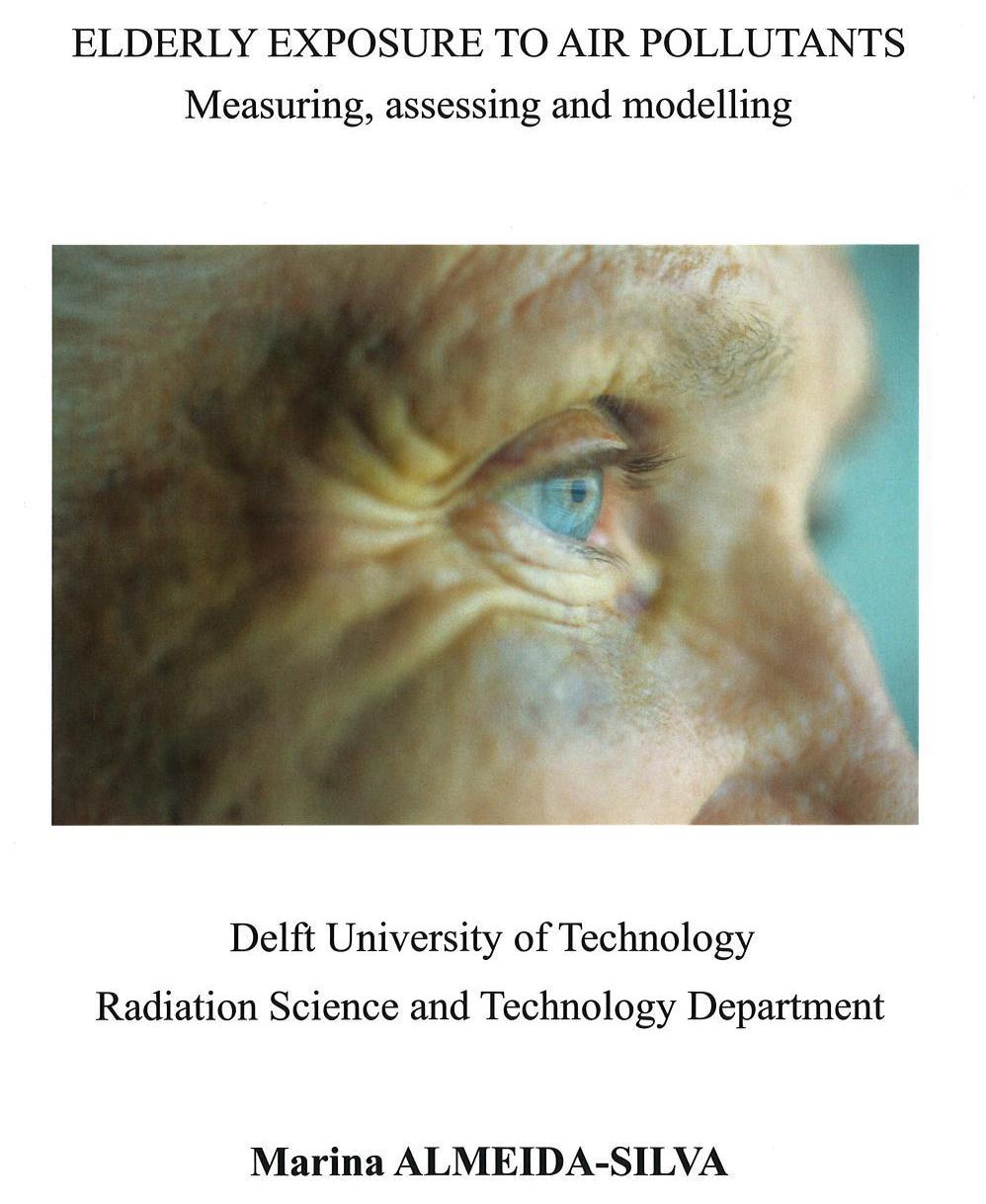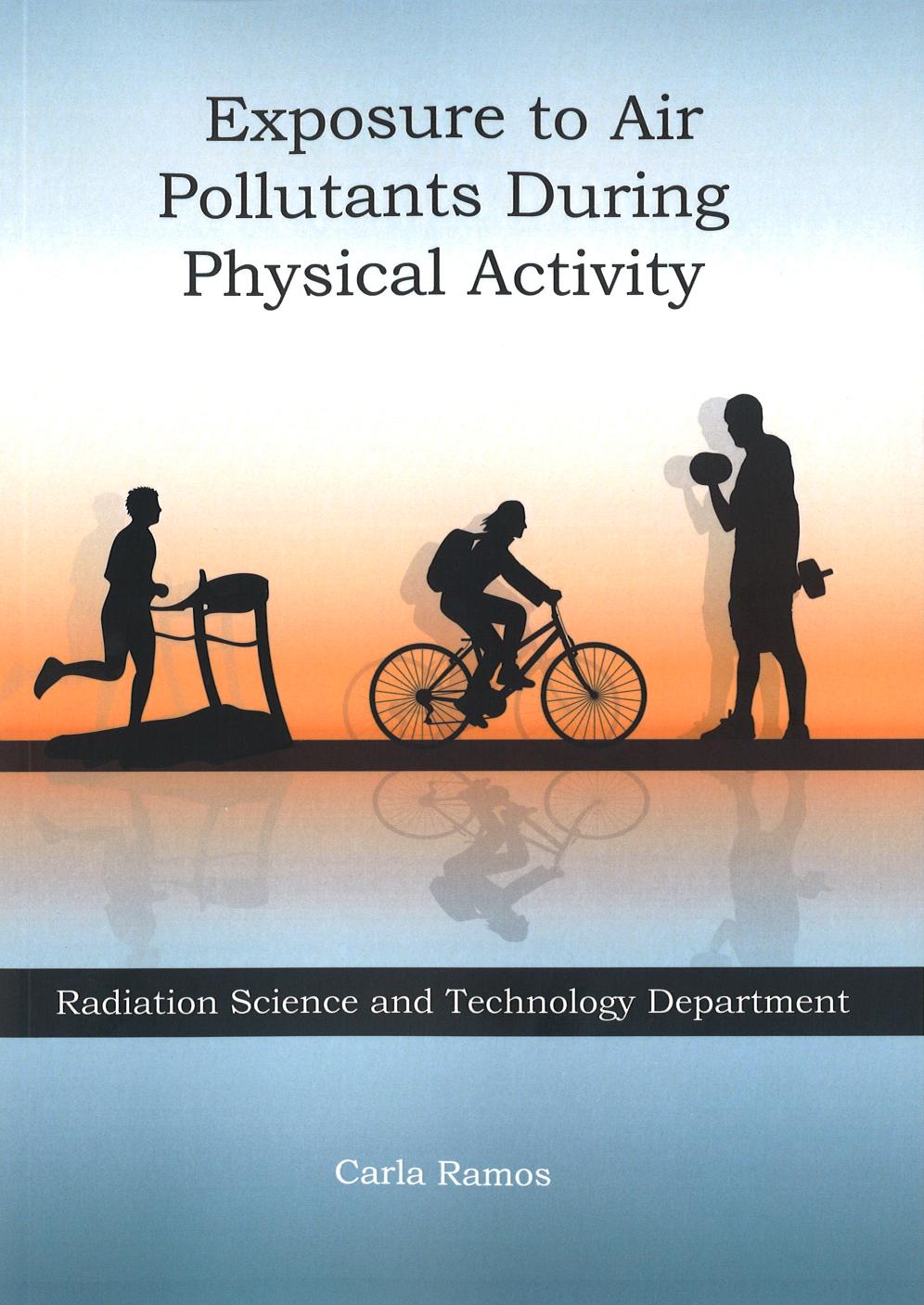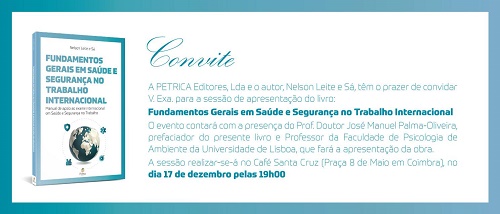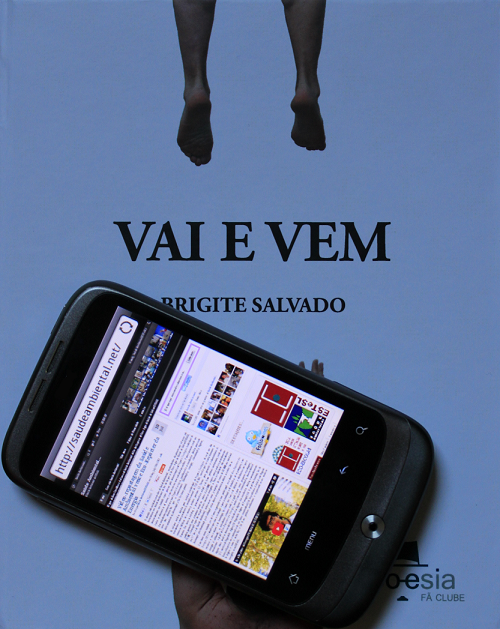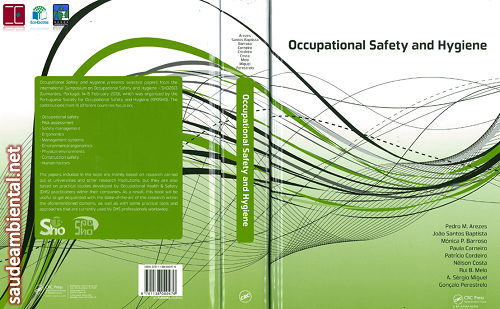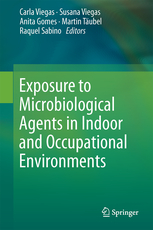 Já foi publicado, e está disponível online para todo o mundo (na integra ou por capítulos), o livro Exposure to Microbiological Agents in Indoor and Occupational Environments, da editora Springer.
Já foi publicado, e está disponível online para todo o mundo (na integra ou por capítulos), o livro Exposure to Microbiological Agents in Indoor and Occupational Environments, da editora Springer.
Esta é uma obra que reúne na sua equipa editorial as professoras Carla Viegas e Susana Viegas, docentes da área científica de Saúde Ambiental da Escola Superior de Tecnologia da Saúde de Lisboa (ESTeSL), assim como Anita Gomes da área científica das Ciências Naturais e Exatas, dentre outros.
Para além da equipa editorial que integra elementos do corpo docente de Saúde Ambiental da ESTeSL, destaca-se ainda a participação, na qualidade de co-autores de alguns dos capítulos, outros colegas de Saúde Ambiental (Ana Monteiro, docente da área científica de Saúde Ambiental da ESTeSL, e Tiago Faria, licenciado em Saúde Ambiental pela ESTeSL) assim como outros tantos docentes de outras áreas científicas.
A publicação do livro Exposure to Microbiological Agents in Indoor and Occupational Environments resulta da contribuição de investigadores de renome internacional, de várias entidades governamentais tais como, por exemplo, da National Institute for Occupational Safety and Health – NIOSH (USA) e do Instituto Nacional de Saúde Dr. Ricardo Jorge – INSA (Portugal) e do mundo académico, nomeadamente, e a título de exemplo: (i) Universidade Cincinnati; (ii) Universidade de Múnster; (iii) Universidade de Bratislava; (iv) Universidade de Lisboa; Universidade de Lausanne; (v) Universidade de Aarhaus, dentre outras.
This book intends to provide information about detection and health effects due to bacteria, fungi and viruses in indoor environments. The book will cover also information about preventive and protective measures to avoid health-hazardous. Case studies will be also addressed to enrich the book with the expertise of each invited author. The book also intends to fill a gap regarding information about all biologic agents, since most of the books available are dedicated to only one type of microorganisms.
For various different biologic agents and metabolites this book will compile information about indoors presence, detection methods, exposure assessment and health effects. Several problems regarding the exposure of biologic agents will be presented through case studies, and also the implementation of preventive and protective measures to avoid/minimize exposure. Besides, all the book will focus on occupational health and/or public health point of view.




